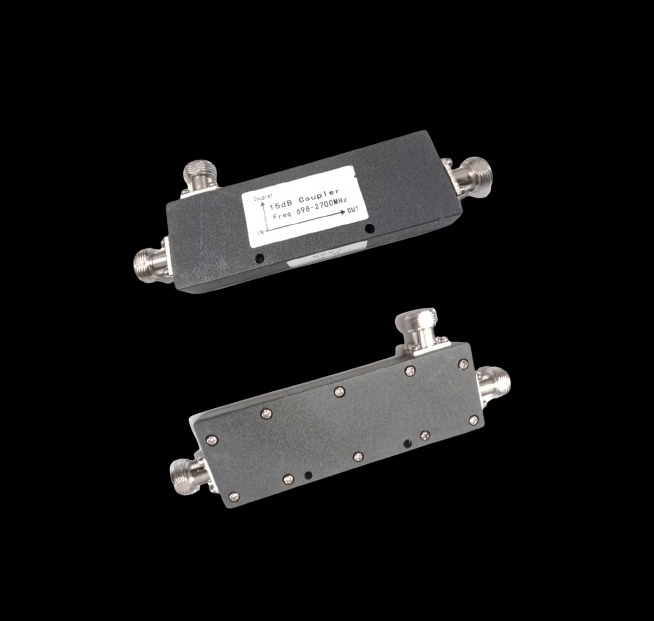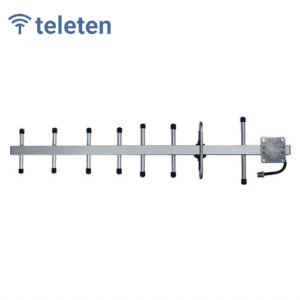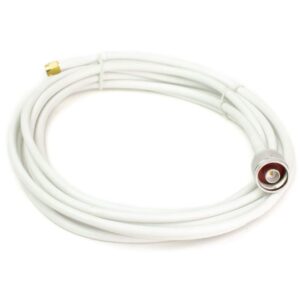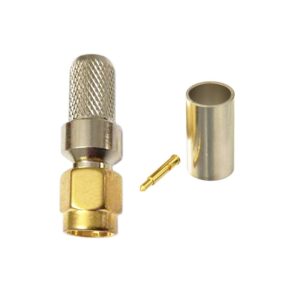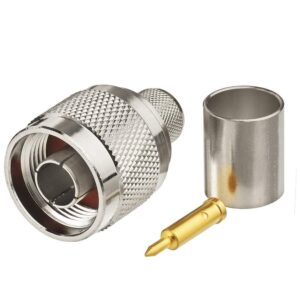Frequency Range: 698 MHz to 2700 MHz
This frequency range covers various communication bands, including many cellular and Wi-Fi frequencies, making the coupler versatile for a range of RF applications.
Coupling Factor: 15 dB
The coupler attenuates the signal by 15 dB from the input to the coupled output. In practical terms, this means that the output signal power is about 1/31.6 of the input signal power.
Directivity: Typically 15 dB to 20 dB
Directivity measures how well the coupler isolates the coupled signal from the direct signal path. Higher directivity means better isolation and less interference between the input and coupled outputs.
Insertion Loss: Typically 0.3 dB to 0.7 dB
Insertion loss is the amount of signal power lost due to inserting the coupler into the transmission line. Lower insertion loss values are preferable, indicating minimal signal attenuation.
Return Loss: Typically 15 dB to 20 dB
Return loss indicates how well the coupler matches the impedance of the transmission line, with higher values indicating better matching and less reflected signal.
Power Handling: Typically 10 W to 50 W
This is the maximum power level the coupler can handle without damage. The exact value can vary based on the coupler’s design and materials.
Connector Type: N-type Female
The coupler features N-type female connectors, which are robust and designed for high-frequency use. They are threaded to ensure a secure connection with male connectors.
Construction: Usually made from high-grade materials such as aluminum or brass with dielectric materials like PTFE
The construction affects performance, durability, and frequency response. High-quality materials help maintain performance across the specified frequency range.
Dimensions: Varies by model
The size and form factor will depend on the specific design of the coupler. Ensure it fits within the constraints of your system.
Environmental Conditions:
Temperature Range: Typically from -40°C to +85°C
Humidity: Generally up to 95% non-condensing
This coupler is suited for applications requiring signal sampling in a range of frequencies, including cellular networks, broadcasting, and wireless communication systems. Always refer to the manufacturer’s datasheet for exact specifications and compatibility with your equipment.

